- Get link
- X
- Other Apps
- Get link
- X
- Other Apps
Another important benefit of spray foam insulation is the flexibility to install anywhere it has become the product-of-choice for attics basements and exterior walls. Spray foam insulation isnt a food source or inviting place to nest for pests that can get into the attic.
 Spray Foam Insulation Fine Homebuilding
Spray Foam Insulation Fine Homebuilding
Choose from two types.
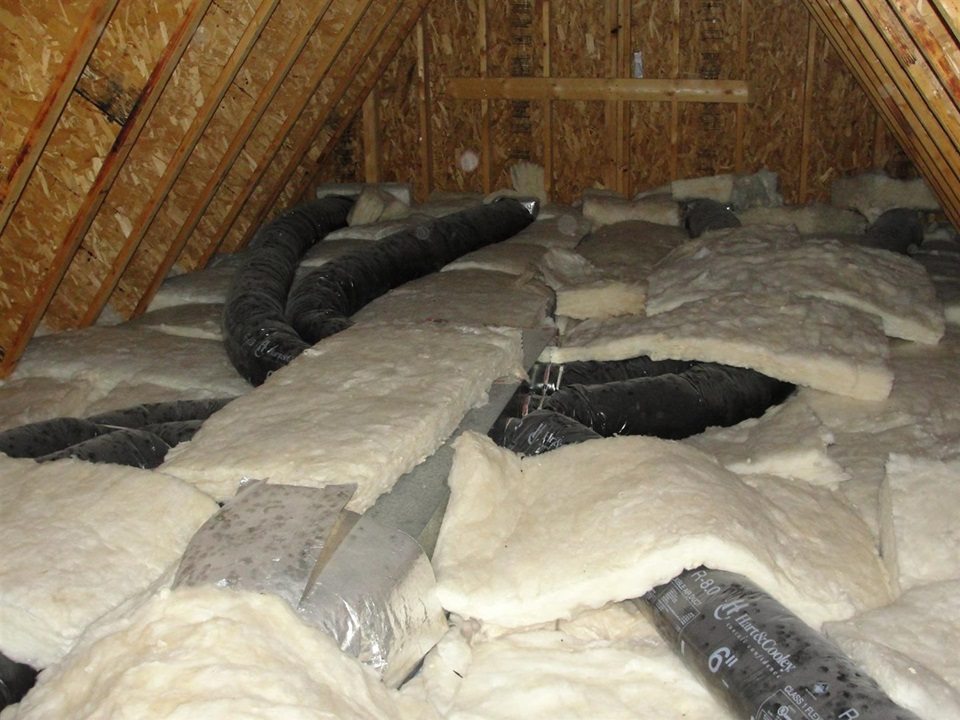
Spray foam attic insulation pros and cons. This means less conditioned air escapes out of the structure. Spray foam is too complicated for a DIY attic project for the attic. As it expands it completely fills gaps between joists and rafters.
Spray foam insulation can help you cut down on the utility bills of your commercial building. Spray foam attic insulation is used primarily to act as a barrier to limit air movement and reduce the amount of energy loss that homes experience. Spray foam insulation is also essential to protect.
Foam insulation dries hard creating an excellent air barrier. Spray foam is actually an essential insulation material that is used to spray on crevices and cracks where it expands to form a moisture-resistant and airtight seal. Pros and Cons of Spray Foam Insulation.
While there are many pros to using Spray foam for insulating your home there are a few cons that you should keep in mind before settling on this product. It can be fairly messy so. Because spray foam insulation is so malleable and adaptable it can work wonders in virtually any setting.
Increasing the impermeability of the building envelope to air leaks is one of the main benefits of spray foam attic insulation. There are several types of insulation including spray foam cellulose attic and crawlspace insulation. The ultimate benefit of spray foam insulation is that it provides a more energy efficient thermal envelope.
This can help you save a huge amount of cash that otherwise be spent on cooling or heating. Spray foam insulation increases energy efficiency. It must be installed by a professional.
Spray Foam Attic Insulation Cons. If you are looking for an affordable insulation option for your attic then here are the pros and cons to consider with spray foam. Each type has a unique set of pros and cons and ideal uses.
The result is a comfy home and lower energy costs. You can also combine spray foam insulation with other insulation options to prevent the air from flowing through walls or ceilings. Spray foam insulation provides a superior R-value per inch compared to traditional rolled or blown in insulation.
Since it provides an air-tight seal micro harmful elements from outside will have a hard time penetrating your home. The primary benefit of spray foam insulation is performance both in the short term and in the long term. Both foams have high R-values.
Each type fills gaps and crevices throughout walls and ceilings a lot more productively than batt insulation easily pouring around pipes and wires to produce an efficient air barrier when it cures. Closed-cell and open-cell aka 2-pound and ½-pound respectively. Blanket Loose-fill and Spray Foam.
Spray foam attic insulation as we discussed above is a highly popular method used for insulation in homes but like anything else even other alternatives to spray foam insulation there are both pros and cons to the use of this home insulation material. Lastly it does not absorb moisture. Every form of insulation has a different R-value which measures an insulations thermal resistance or ability to block the movement of heat.
List of the Pros of Spray Foam Attic Insulation. The second advantage of spray foam insulation is it keeps a home contaminant-free. The beauty of spray foam insulation is the way in which it creates a complete seal in your attic walls under your floor or even in your barn storage area or warehouse.
When spray foam insulation is applied to your attic then you will create a fast seal thanks to the expansive nature of this product. With a reduced need to operate your heating and cooling systems you can save a huge amount of money. Open cell and closed cell.
Prolonged exposure to moisture will damage the roof and attic of a house. When researching what type of insulation will best suit your individual needs please consider the pros and cons of the three most common types of attic insulation used in the North Carolina area. It provides a seal that is air-tight.
Contractors estimate that the cost of using this kind of insulation material is three times more than that of using other types of insulation material. If you check with the North American Insulation Manufacturers Association theyll assure you that fiberglass or mineral wool is definitely your best choice for attic insulation. Spray foam offers the best attic insulation performance available.
It not only minimizes the risk of cold air infiltration it also limits moisture entrapment leading to less condensation which in turn means less chance of rotting timber window frames mildew or patches of. Blanket insulation is great for the DIY homeowner and has the least expensive up-front cost. Spray Foam Attic Insulation.
Spray Foam Insulation Similar to loose fill though this is a liquid that when applied becomes a durable layer of foam insulation. Spray foam insulation provides an airtight seal that is difficult to break. Spray polyurethane foam has two types.
More costly than traditional forms of insulation used in the attic but the long-term cost of spray foam should be considered. As you compare spray foam attic insulation pros and cons keep in mind that the material is available as an open-cell or closed-cell polyurethane spray foam. This insulation product expands quickly into the various cracks and holes that are in your crawl spaces attic and walls.
These leaks are usually one of the most significant costs that homeowners face because it increases the amount of energy loss that occurs. There are significant differences between the two but they both have the following in common.
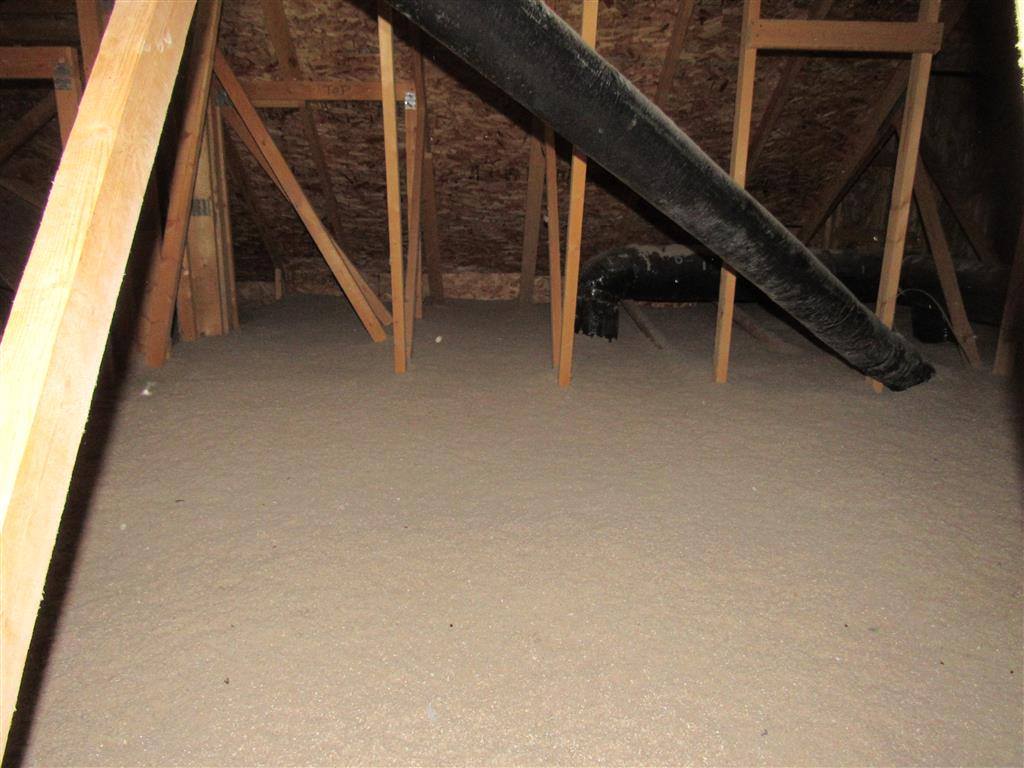 Pros And Cons Of Attic Insulation Types
Pros And Cons Of Attic Insulation Types
 Spray Foam Attic Insulation Pros And Cons Spray Foam Insulation Pros And Cons Spray Foam Attic Insulation Pros And Cons Spray Foam Insulation Spray Foam Attic Insulation Pros And Cons Atticus Insulation
Spray Foam Attic Insulation Pros And Cons Spray Foam Insulation Pros And Cons Spray Foam Attic Insulation Pros And Cons Spray Foam Insulation Spray Foam Attic Insulation Pros And Cons Atticus Insulation
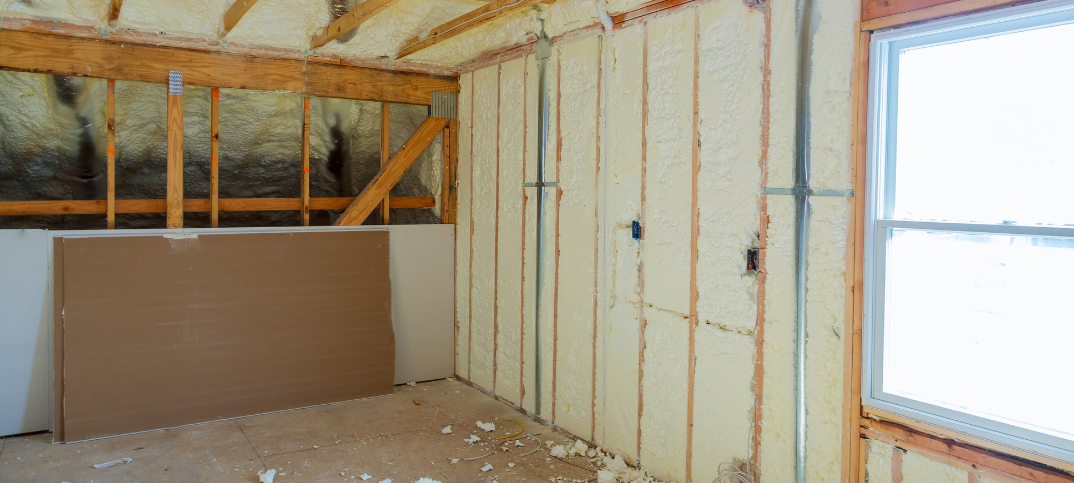 16 Spray Foam Attic Insulation Pros And Cons Green Garage
16 Spray Foam Attic Insulation Pros And Cons Green Garage
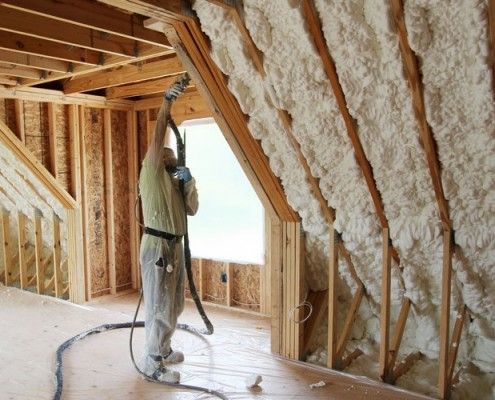 Insulation Pros And Cons The Complete Guide 2021
Insulation Pros And Cons The Complete Guide 2021
 18 Spray Foam Insulation Pros And Cons Green Garage
18 Spray Foam Insulation Pros And Cons Green Garage
 Pros And Cons Of Attic Insulation Types
Pros And Cons Of Attic Insulation Types
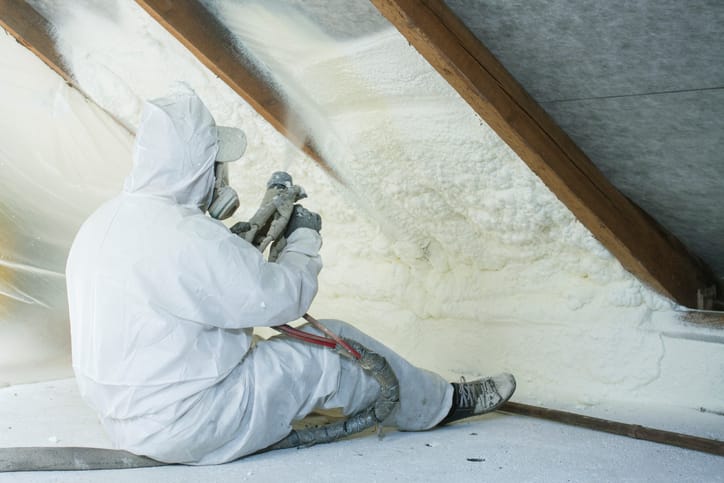 What Are Pros And Cons Of Spray Foam Insulation Attic Insulation Toronto
What Are Pros And Cons Of Spray Foam Insulation Attic Insulation Toronto
 Pros Cons Spray Foam Insulation Home Solutions Of Iowa
Pros Cons Spray Foam Insulation Home Solutions Of Iowa
 Compare Insulation Types Insulation Benefits Comparison Usa Insulation
Compare Insulation Types Insulation Benefits Comparison Usa Insulation
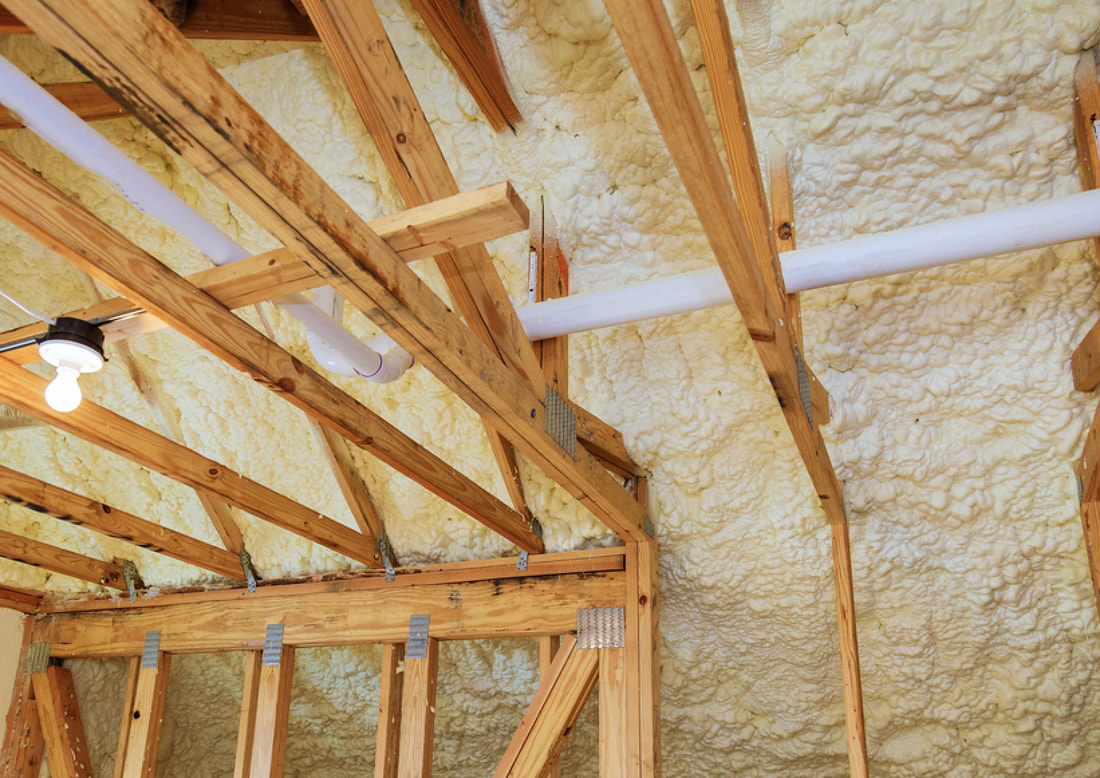 Spray Foam Insulation Green Bay Wi Install Near You
Spray Foam Insulation Green Bay Wi Install Near You
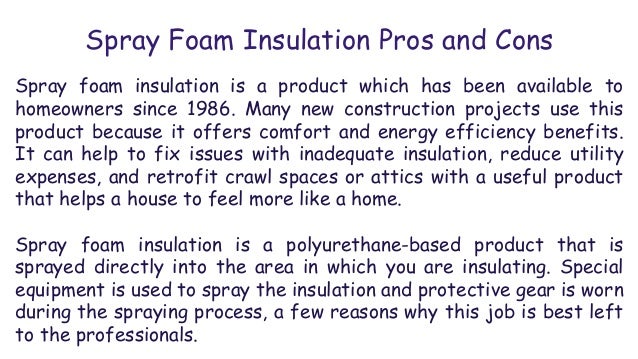 The Pros And Cons Of Spray Foam Insulation Foam Roof Solutions
The Pros And Cons Of Spray Foam Insulation Foam Roof Solutions
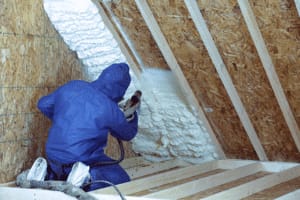 What Is The Best Insulation For An Attic Spray Foam Vs Fiberglass Vs Cellulose
What Is The Best Insulation For An Attic Spray Foam Vs Fiberglass Vs Cellulose
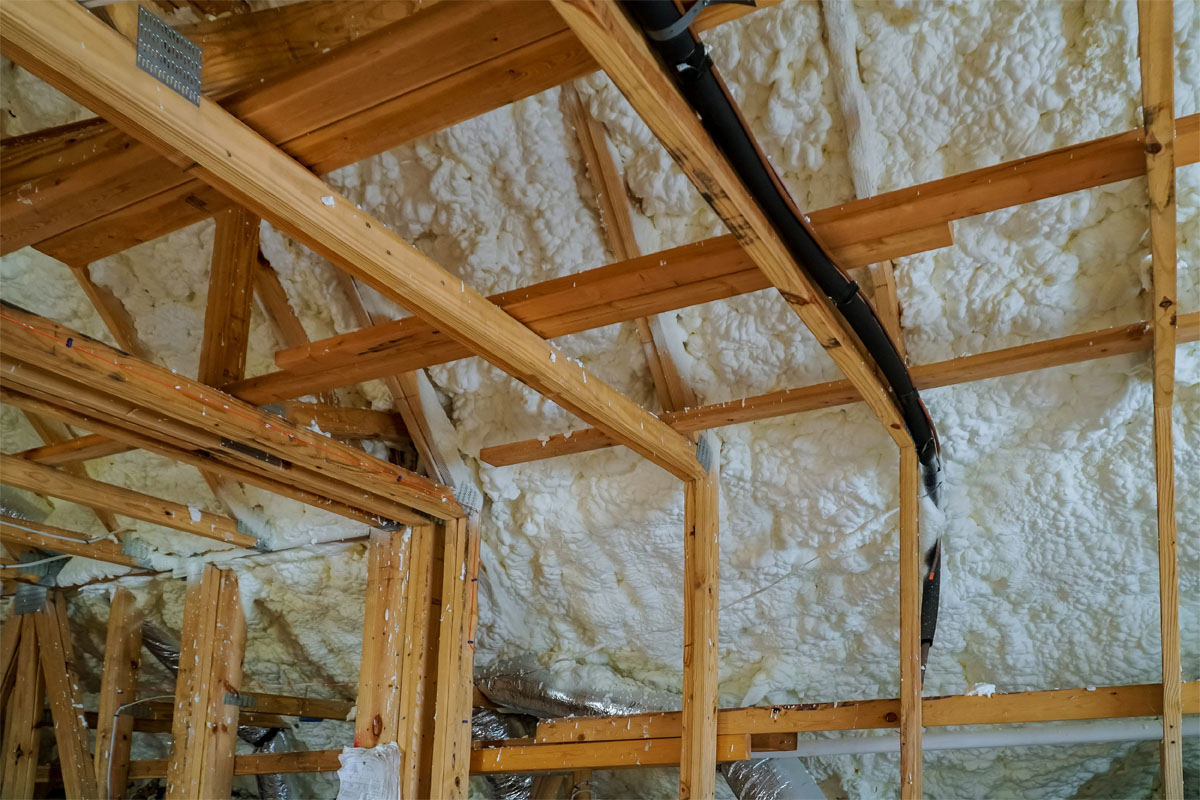 Spray Foam Insulation Pros And Cons Barrier Insulation
Spray Foam Insulation Pros And Cons Barrier Insulation
 What Are The Pros And Cons Of Open Cell Spray Foam Versus Fiberglass Insulation Tilson Custom Home Builders In Texas
What Are The Pros And Cons Of Open Cell Spray Foam Versus Fiberglass Insulation Tilson Custom Home Builders In Texas
Comments
Post a Comment